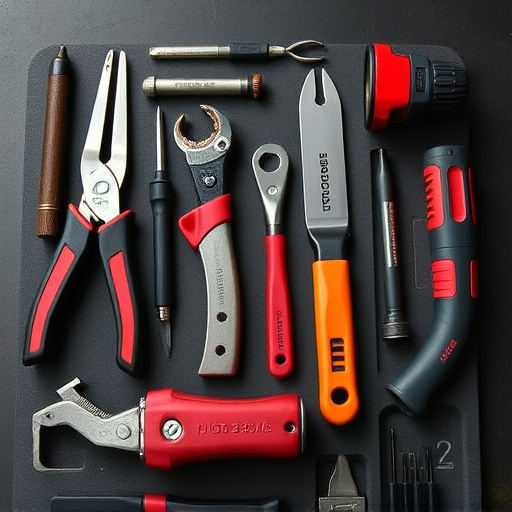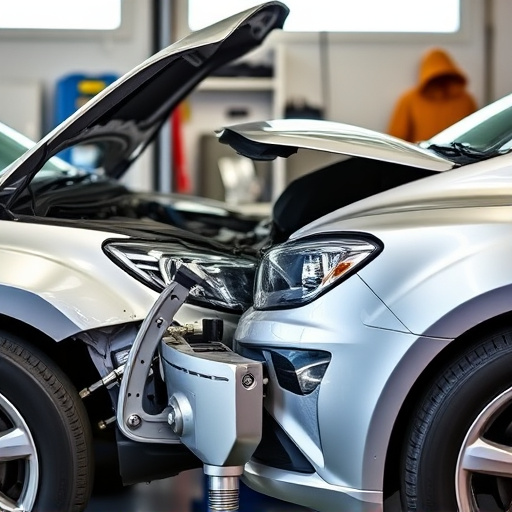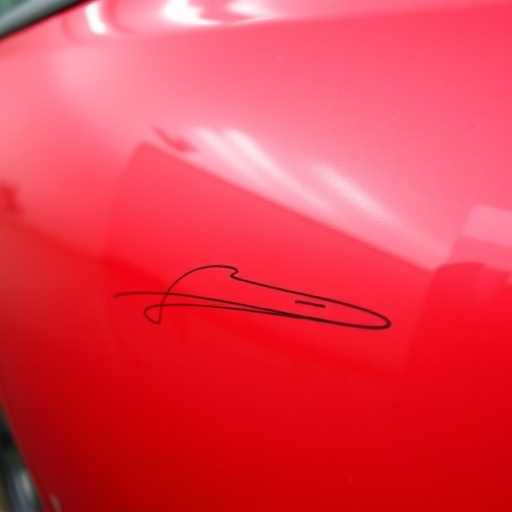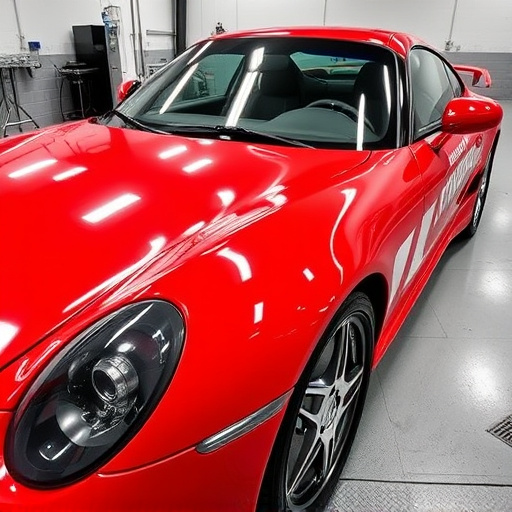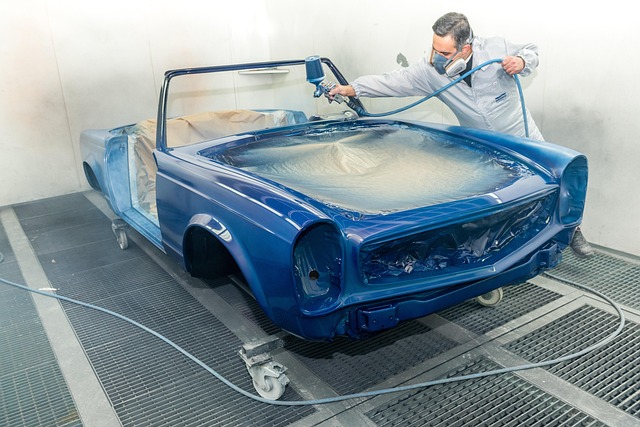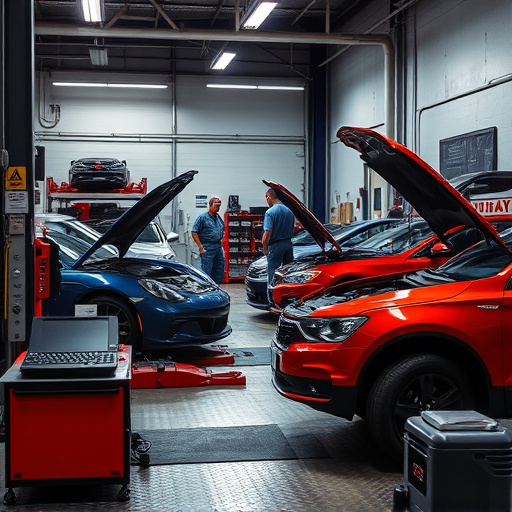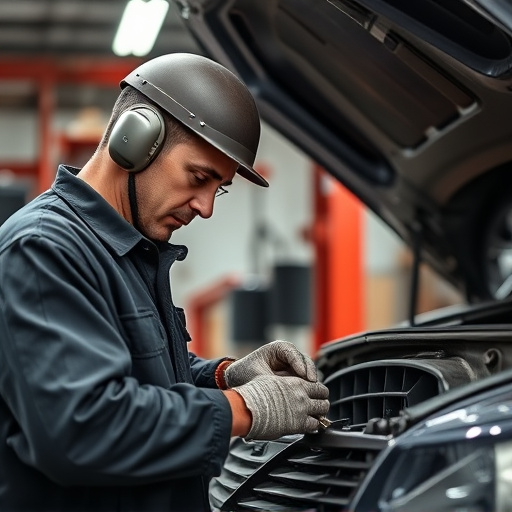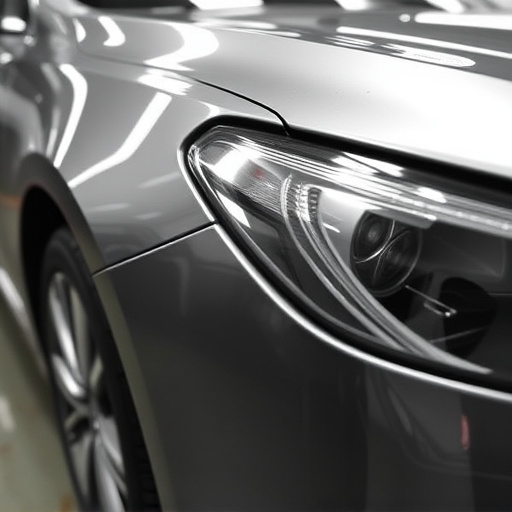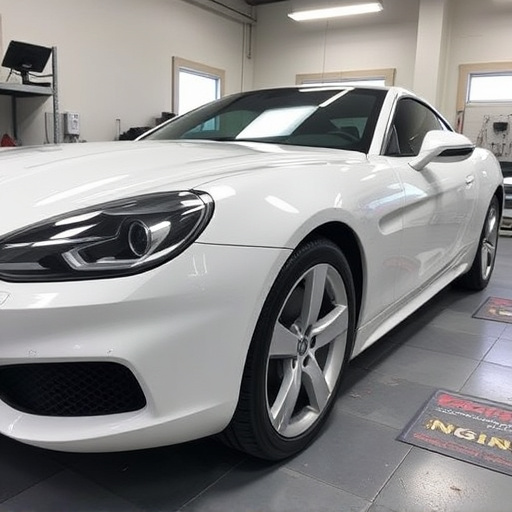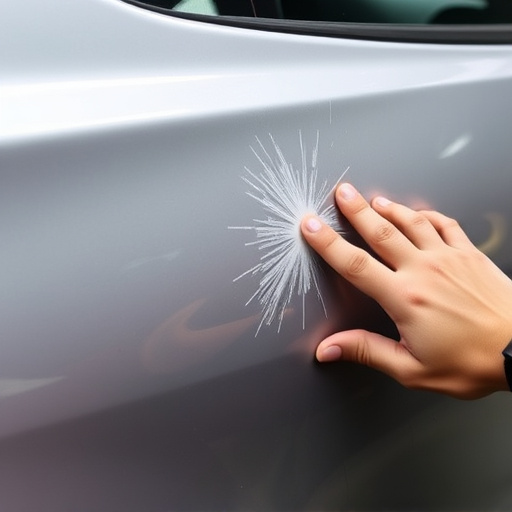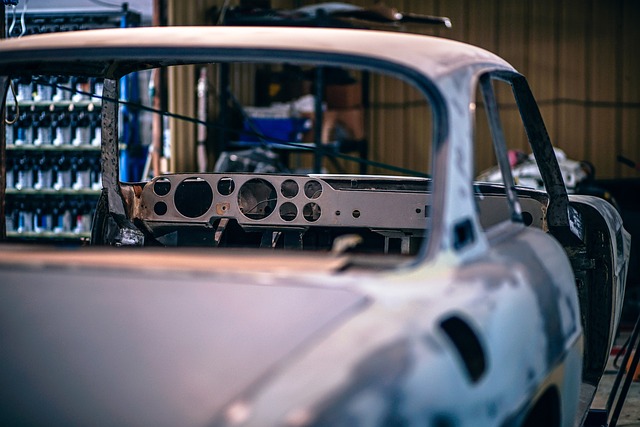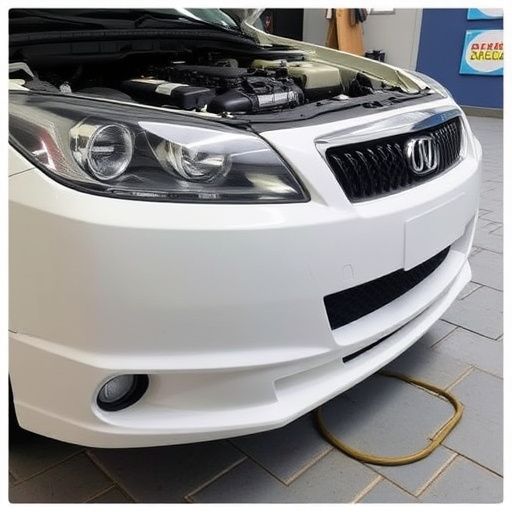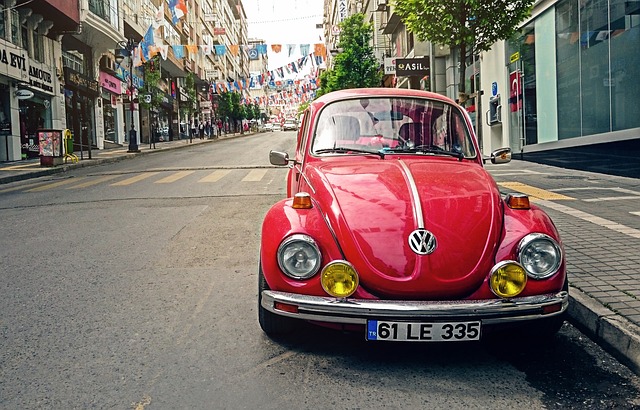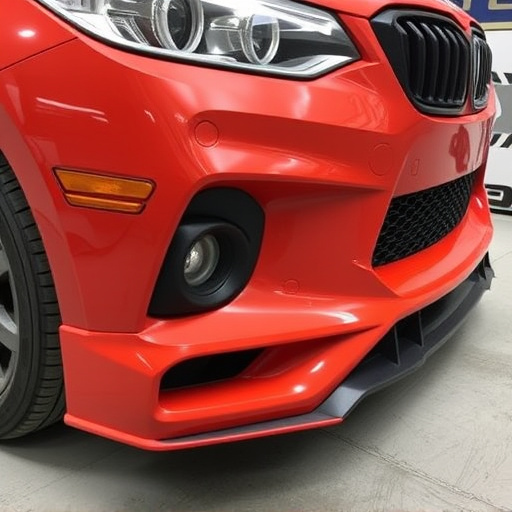The car body repair industry is trending towards pearl finishes, demanding specialized training for collision repair technicians. Tools like high-grit sandpaper, impact guns, and spray guns are essential for achieving flawless results. Mastering matte finish collision repair requires structured hands-on training in surface preparation, PDR, color mixing, and coat application. With practice, technicians can excel in both matte finishes and intricate restoration processes.
In today’s automotive landscape, pearl finish collision repair has emerged as a specialized skill demanding precision and expertise. As vehicles evolve with intricate, glossy finishes, technicians must adapt to meet high-end restoration standards. This article delves into the training required for pearl finish collision repair technicians, exploring essential tools, techniques, and hands-on steps to mastery. From understanding the nuances of matte finish collision repair to mastering advanced application methods, this guide equips professionals with the knowledge to deliver exceptional results.
- Understanding Pearl Finish: Techniques and Trends
- Essential Tools and Equipment for Repair
- Hands-on Training: Steps to Mastery
Understanding Pearl Finish: Techniques and Trends
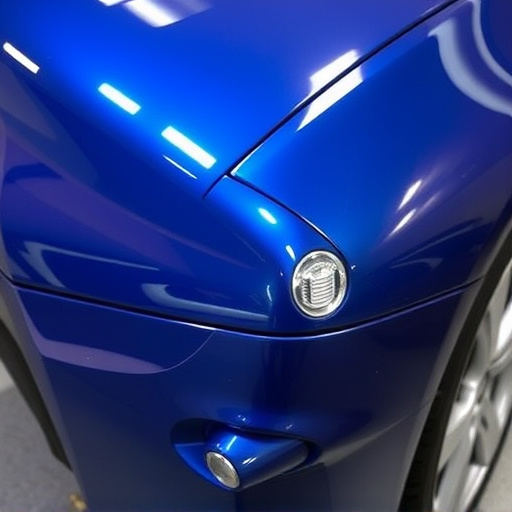
The world of car body repair is constantly evolving, especially when it comes to finishes. In recent years, there’s been a surge in popularity for pearl finishes—a far cry from the traditional matte finish collision repair techniques. These intricate finishes offer a unique blend of elegance and durability, making them a sought-after choice among automotive body shops. Pearl finishes are not merely cosmetic; they involve advanced application methods and materials that demand specialized training.
Understanding the trend towards pearl finishes requires an awareness of modern consumer preferences. Today’s car owners appreciate not just the aesthetic appeal but also the protective benefits these finishes offer. Unlike standard matte finishes, which can be prone to scratching and fading, pearl finishes provide enhanced resistance to environmental factors, ensuring longer-lasting beauty. This shift in preference necessitates that automotive body work technicians, especially those specializing in collision repair, stay abreast of the latest techniques and trends in pearl finish application.
Essential Tools and Equipment for Repair
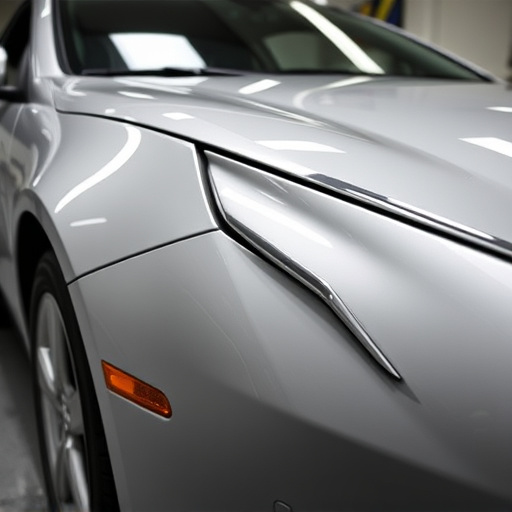
In the realm of pearl finish collision repair, technicians require a well-equipped toolkit to achieve flawless results. Essential tools and equipment for this specialized trade include high-quality sandpaper in various grit sizes, capable of smoothing out imperfections and preparing the surface for painting. A reliable air compressor is another staple, powering tools like impact guns and sanders, which streamline the repair process.
Specific to matte finish collision repair, a spray gun and its associated components are indispensable. These tools enable technicians to apply paint evenly and precisely, ensuring a professional-grade finish that matches the vehicle’s original specifications. Additionally, a proper collection of brushes, rollers, and trays are crucial for proper paint preparation and application, particularly when dealing with intricate designs or hard-to-reach areas, commonly encountered in fender bender repairs at collision repair centers.
Hands-on Training: Steps to Mastery
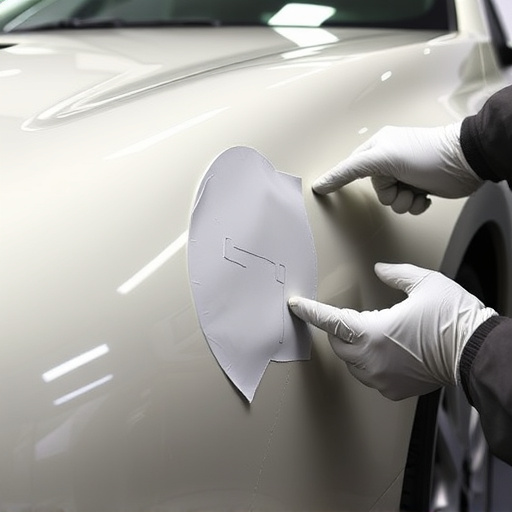
Mastering the art of pearl finish collision repair requires a structured approach to hands-on training. Technicians must develop a deep understanding of the intricate process, from surface preparation to the application of specialized paints and coatings. This involves learning how to prepare damaged panels for repair, ensuring they are clean, decontaminated, and free from any debris or residue. The next step is mastering the technique of paintless dent repair (PDR), a non-invasive method that uses specialized tools and expertise to remove dents without damaging the pearl finish.
As technicians progress, they must refine their skills in mixing colors accurately, achieving the perfect shade match for the pearl finish, and applying it evenly across the repaired area. This involves extensive practice with various tools and techniques, including sandblasting, masking, priming, and finally, coating. The process demands precision and patience to ensure a seamless blend that mimics the original finish, making the vehicle look as good as new. Through consistent training and hands-on experience, technicians can become adept at both matte finish collision repair and its more intricate counterparts, such as automotive restoration and dent removal.
Pearl finishes have become a sought-after trend in the automotive industry, requiring specialized skills from collision repair technicians. By understanding the unique techniques and tools involved, professionals can master the art of pearl finish restoration. Hands-on training is essential to achieving mastery, ensuring that technicians are equipped with the necessary expertise for top-quality matte finish collision repair.
